Hackaday article about this project: Heres-a-tesla-coil-you-can-wear
HABR article Трансформатор Теслы с печатными катушками, впаял три компонента
- Input power 10V - 35V from 5V USB powered step up converter or notebook 19V power supply.
- Frequency 2Mhz - 4Mhz
- No special components, just LED, BUL45 transistor and 82K resistor
Development status:
- v1 7/7mill not working
- v2 on video working, 100turns, no visible sparks
- v3 on pictures 160turns, works much better but no sparks, on sale some boards, used in last video
- v4 150x150mm PCB, 240 turns, is now manufactured in PCBWay factory, boards cost 180$, PCBway cover all cost and give my this boards for FREE. THANKS

- video V3b version 160 turns
- video V3. version 160 turns
- Video V2. version 100 turns
 bobricius
bobricius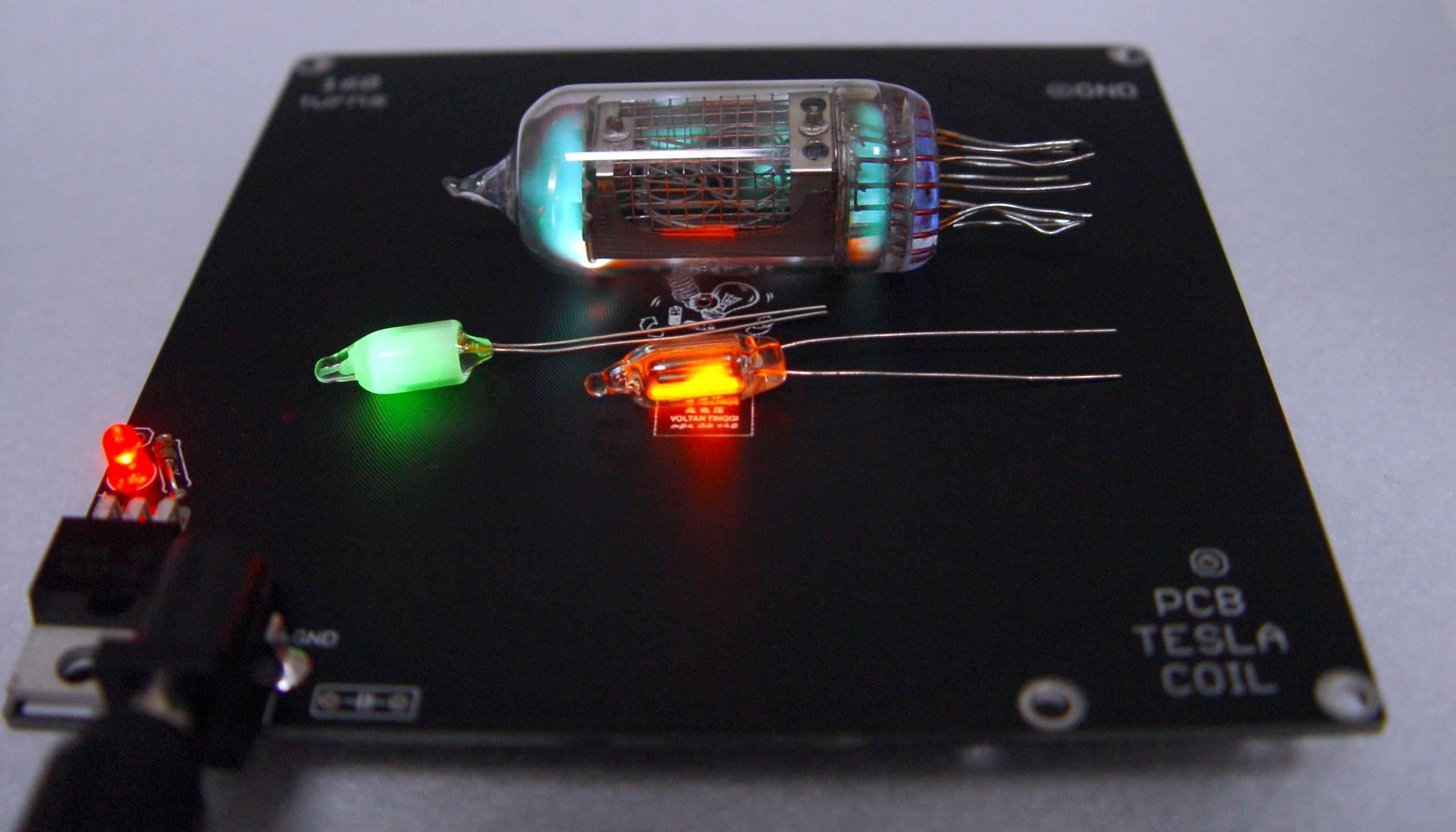
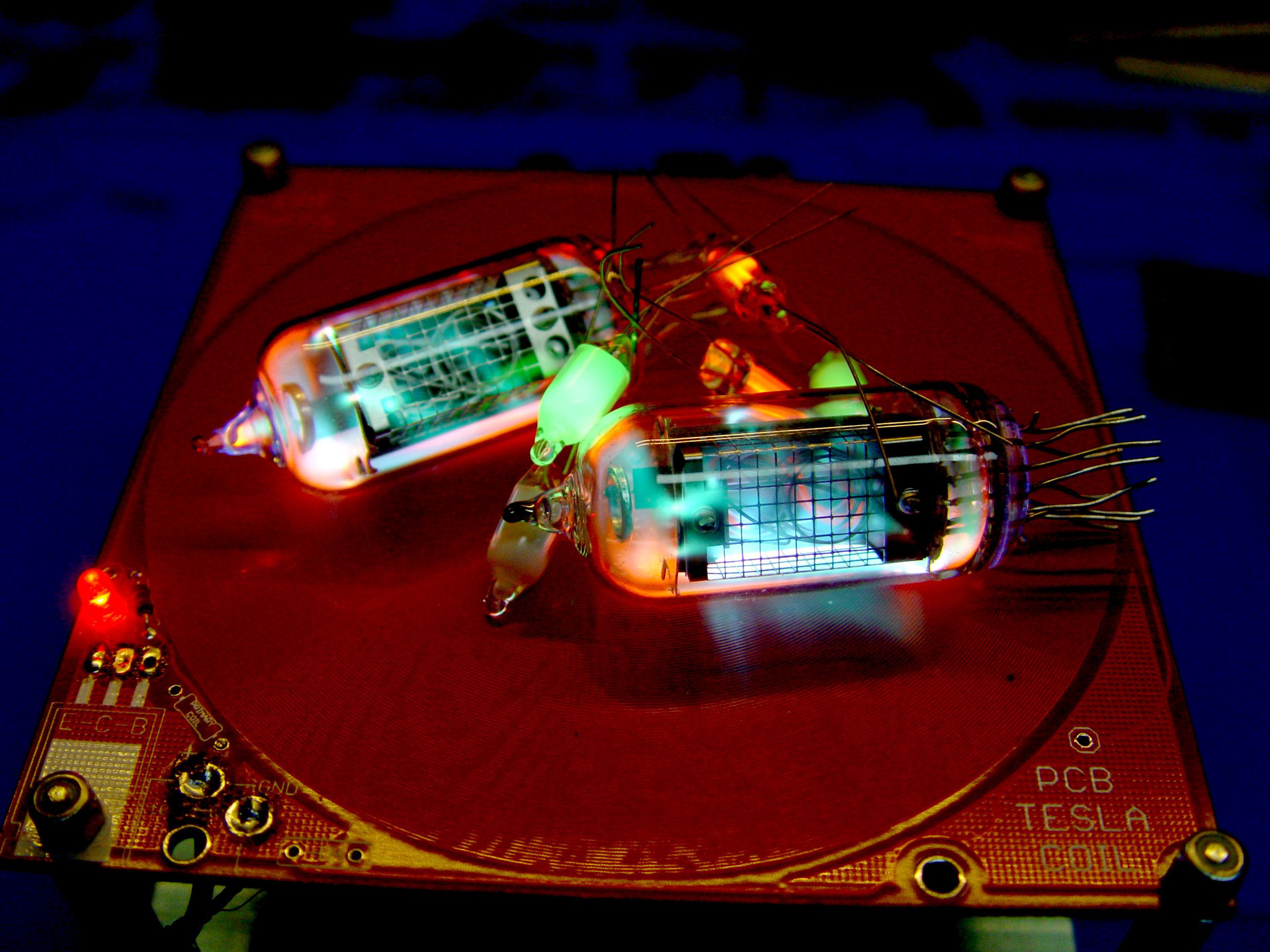
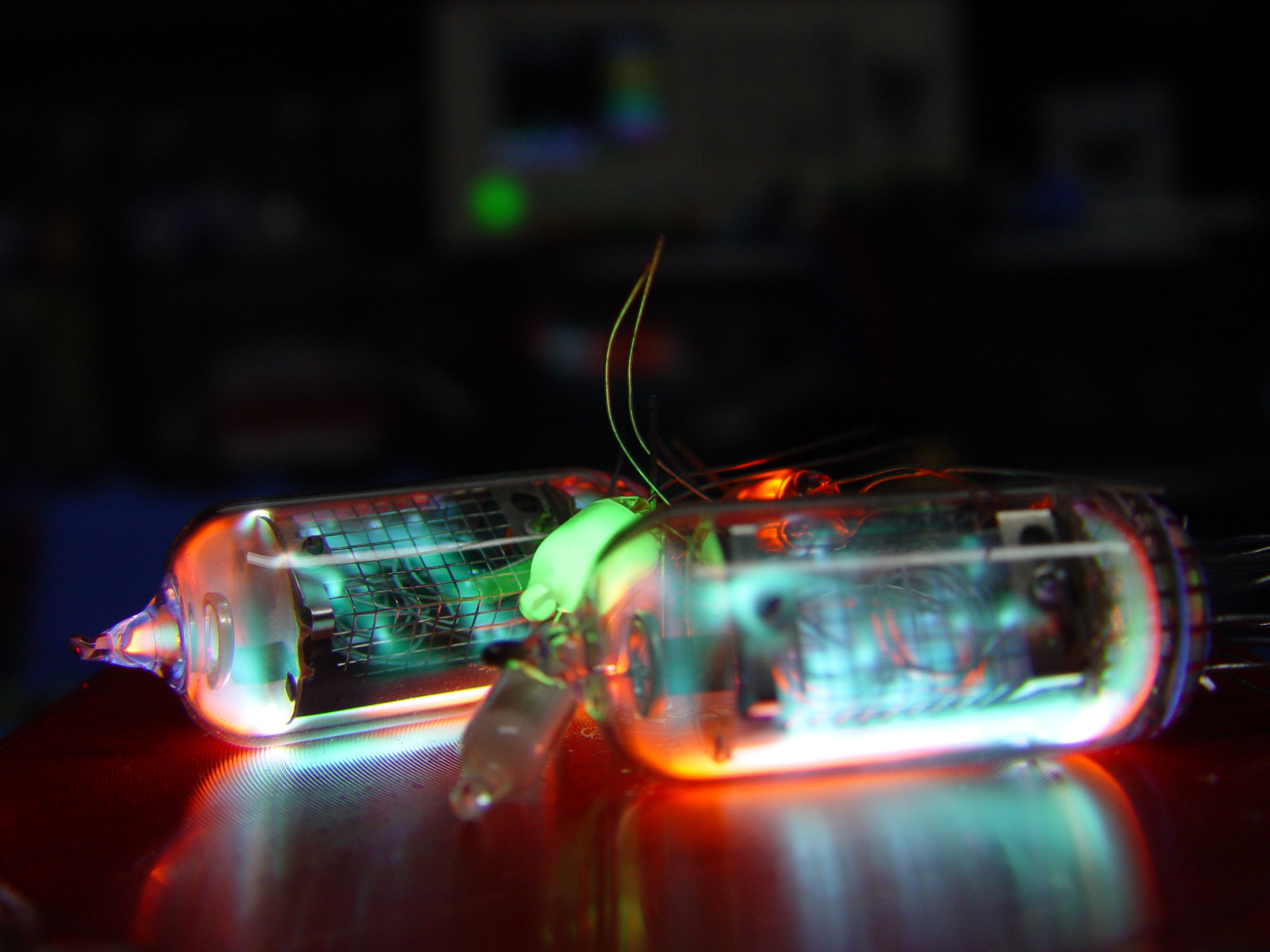
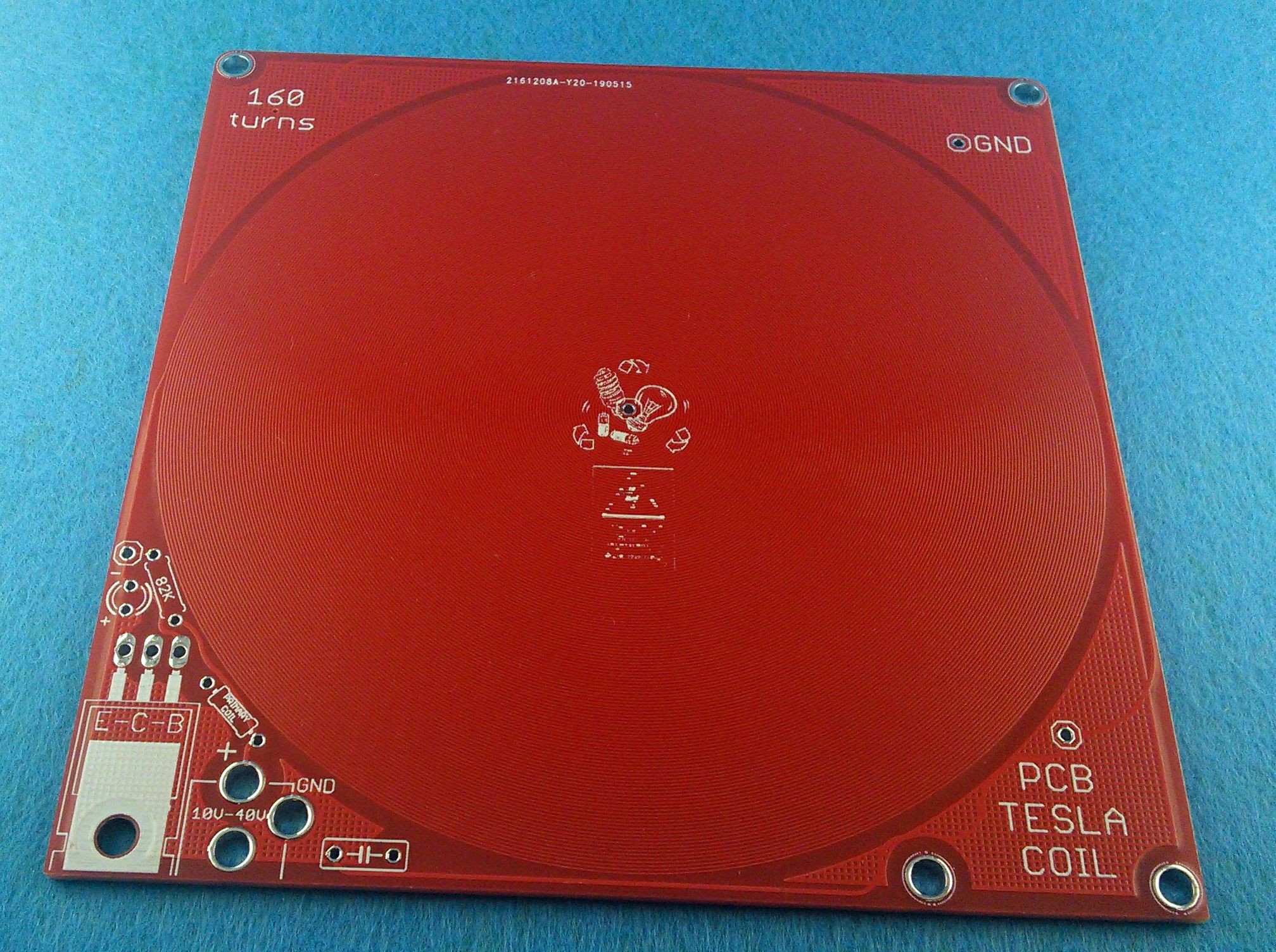
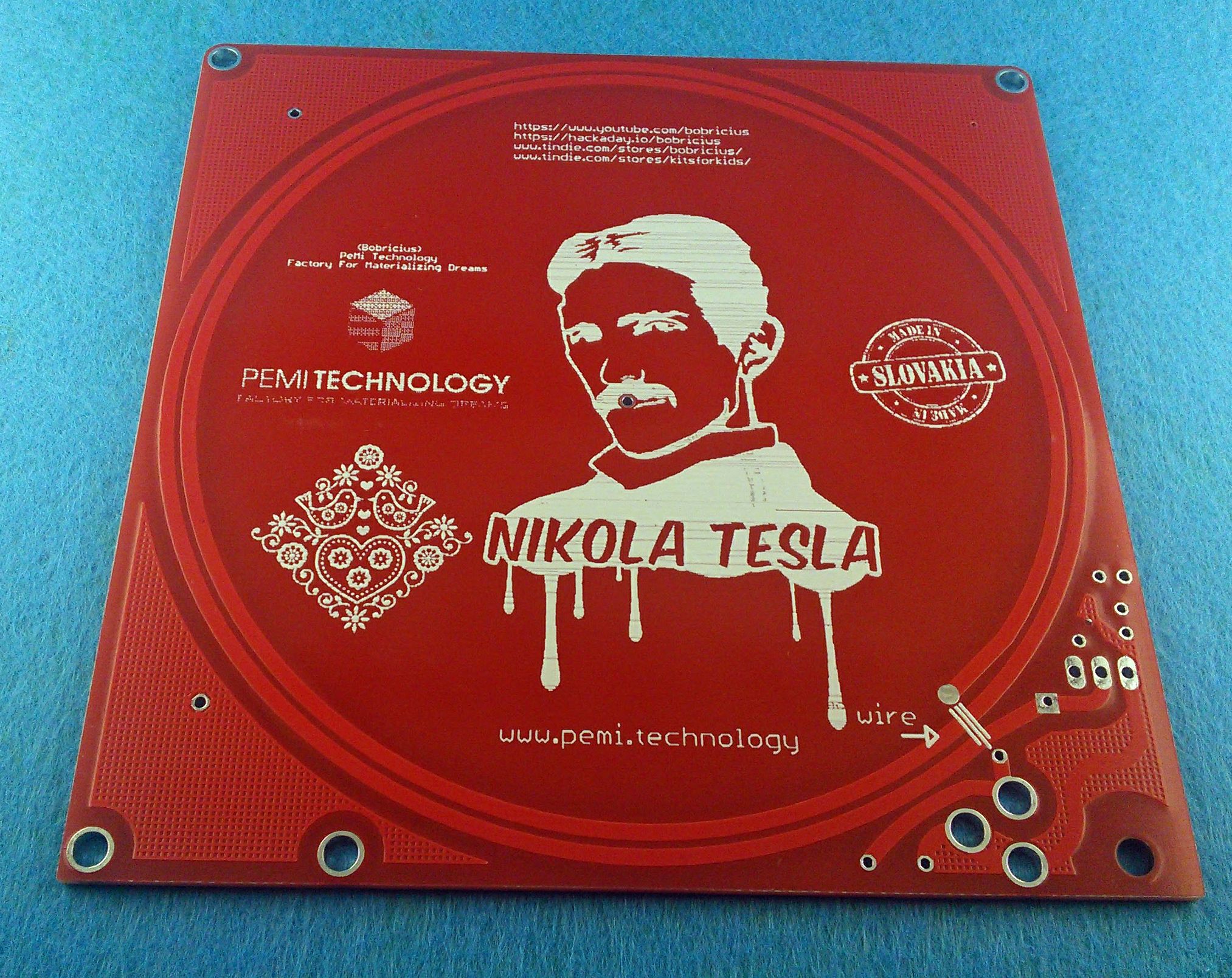
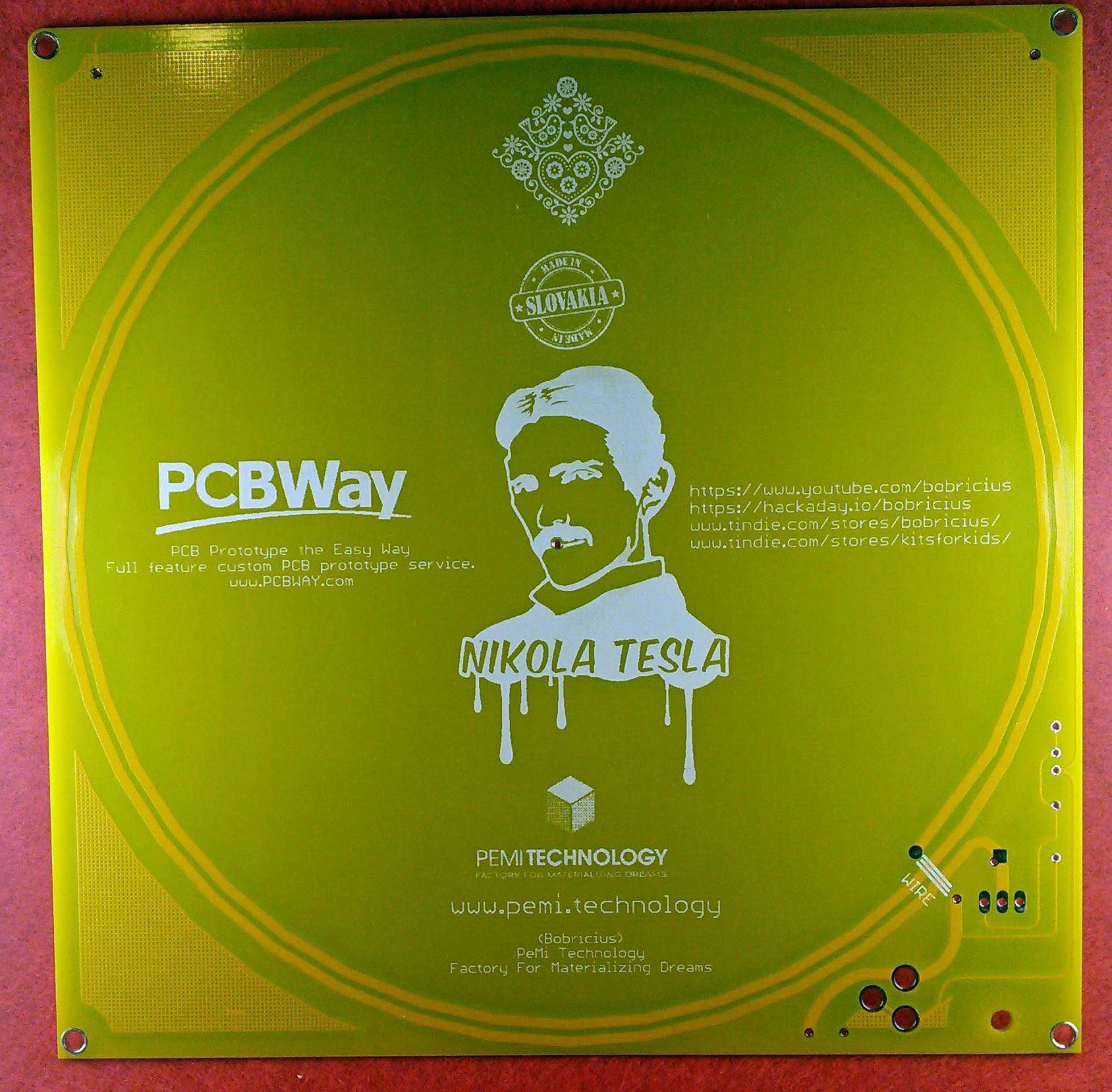
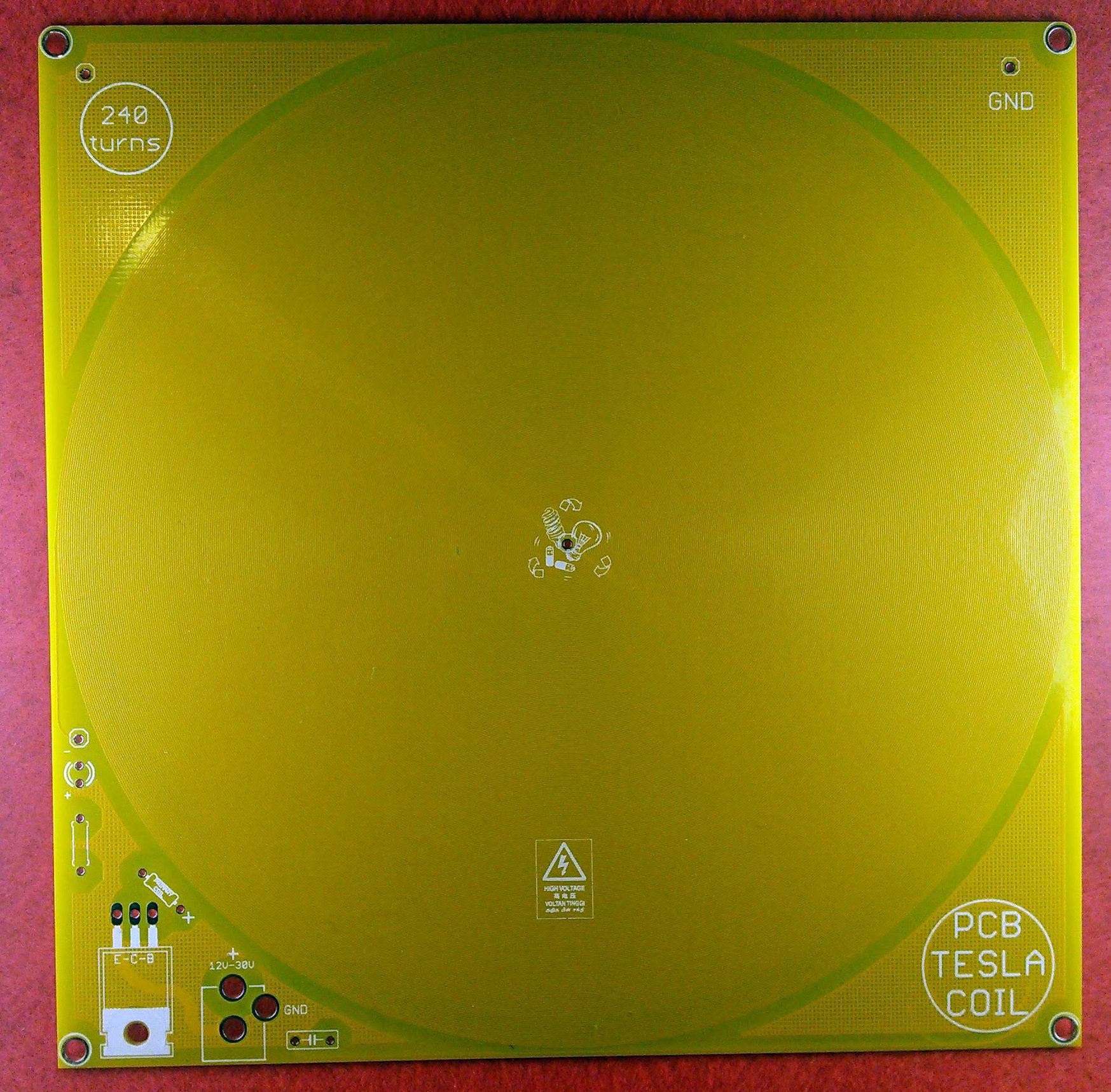

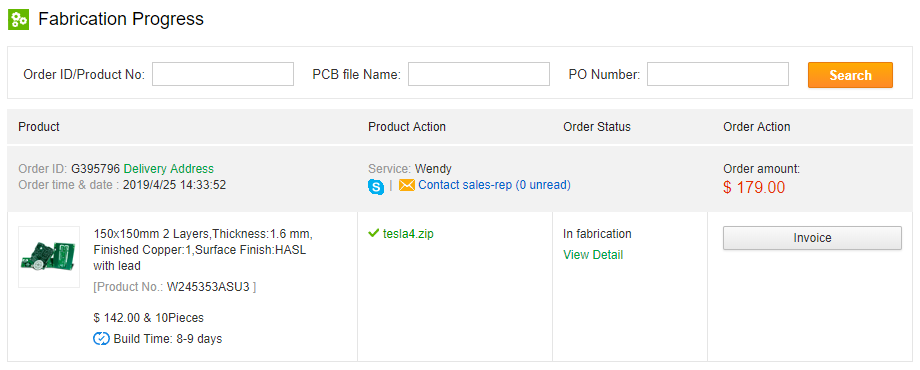
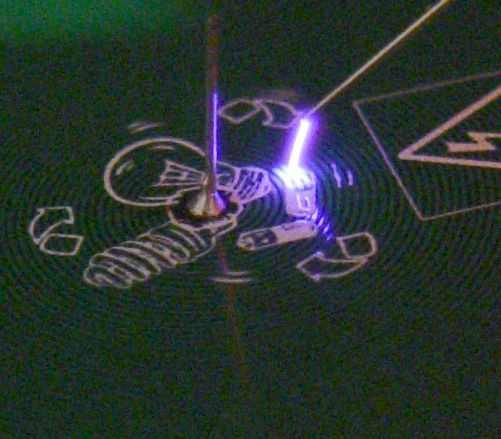
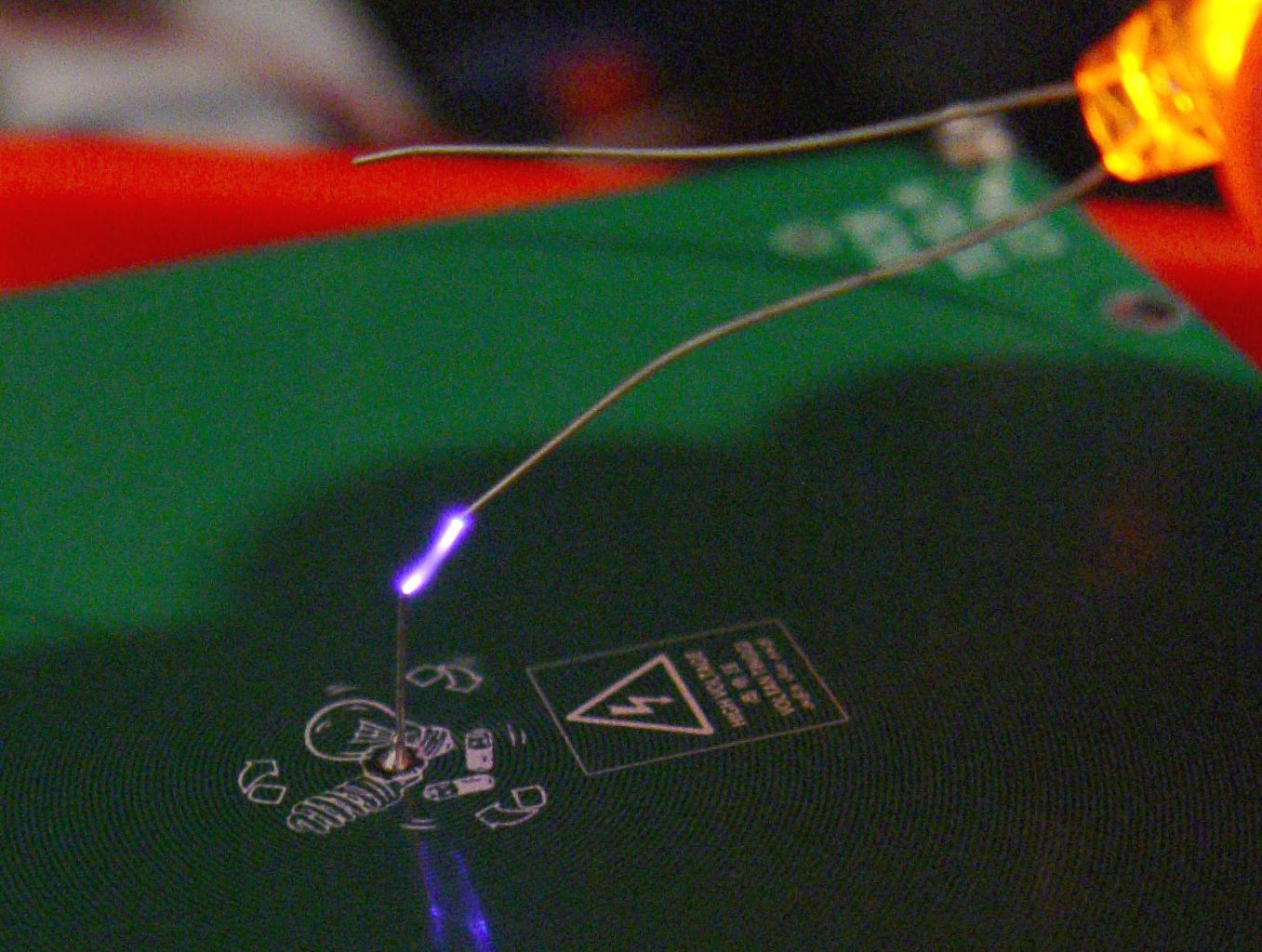
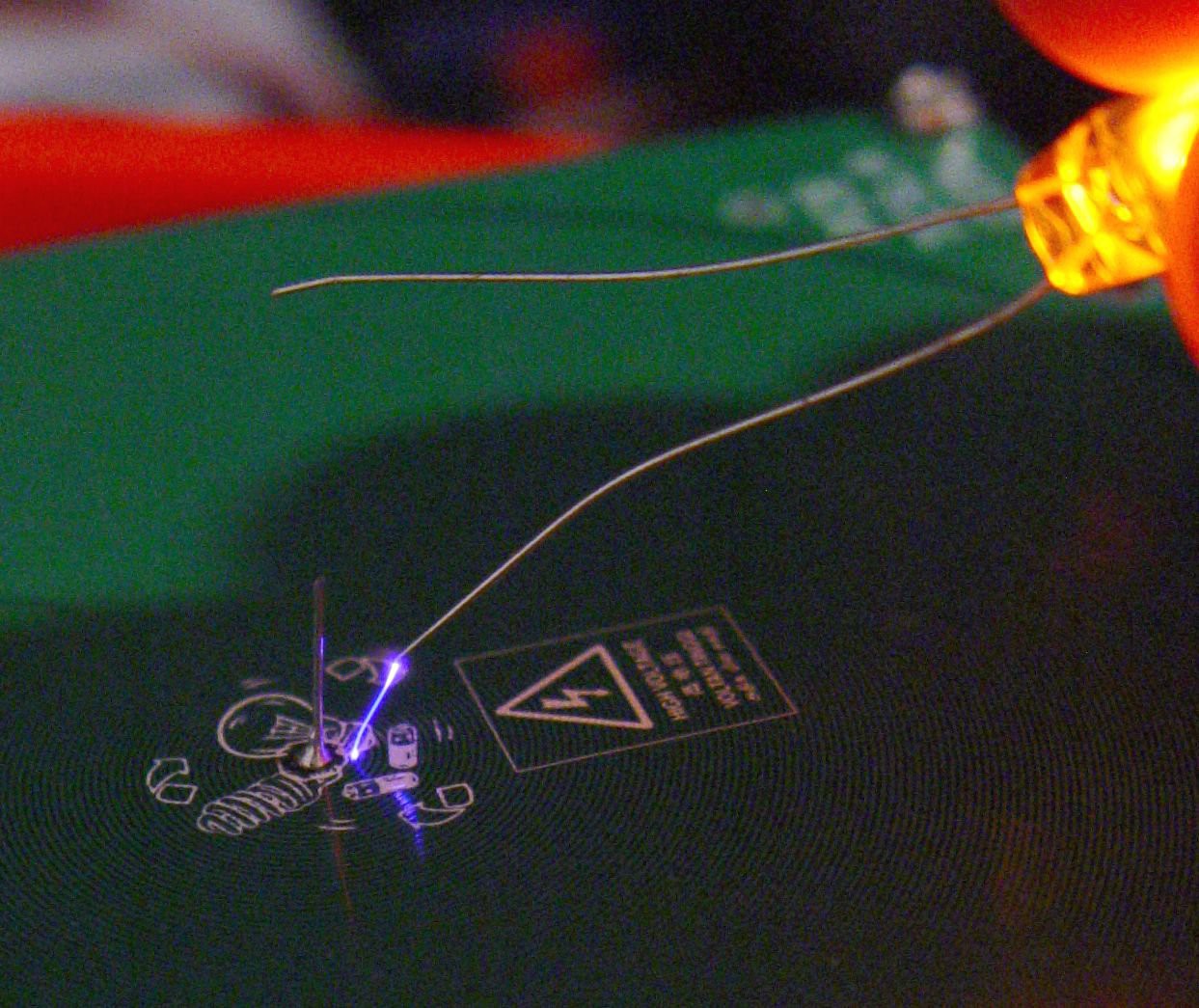
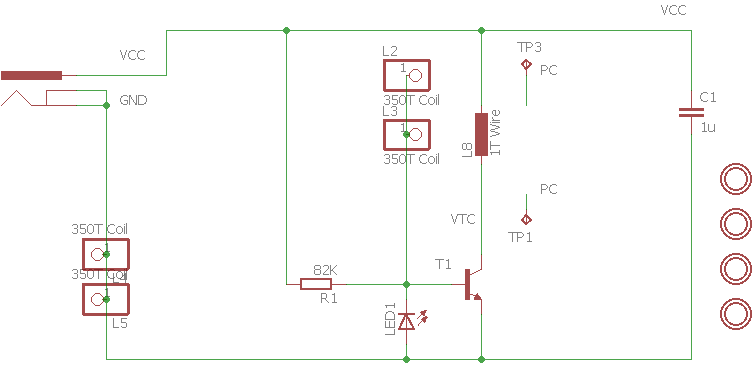






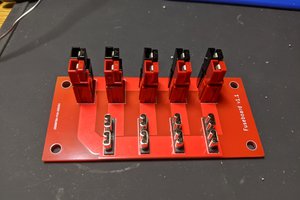
 Adam Demuri
Adam Demuri
 Ken Yap
Ken Yap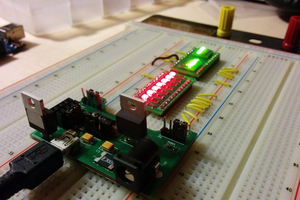
 technolomaniac
technolomaniac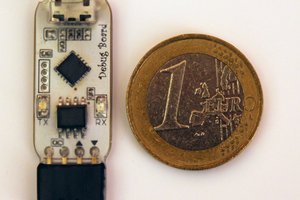
 Saimon
Saimon
the transistor is PNP or NPN ?